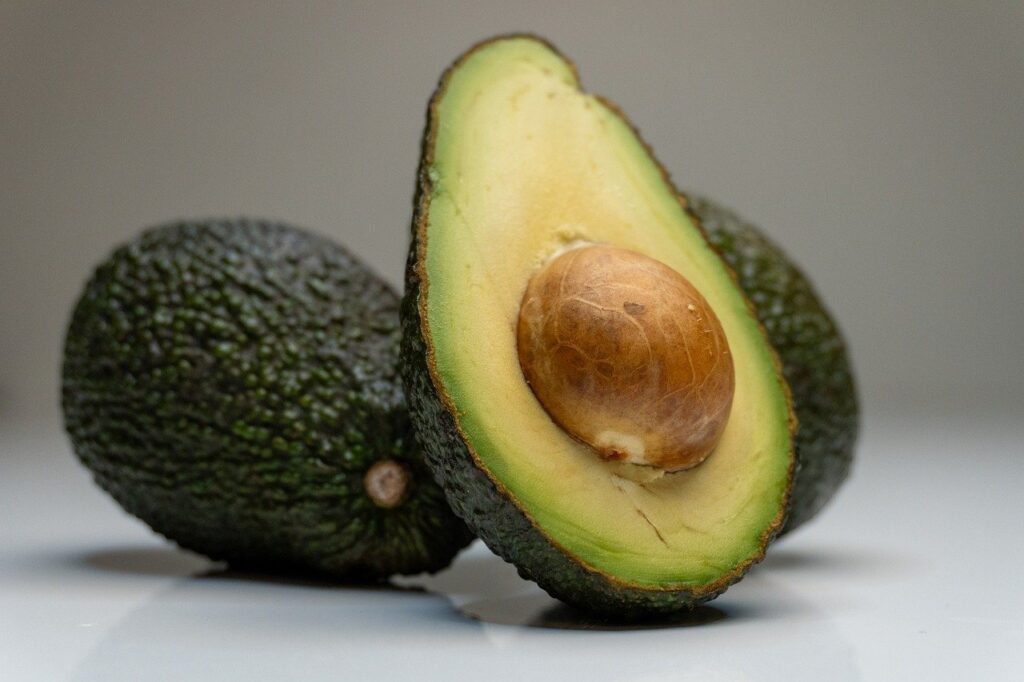Where Is Yukevalo Island?
Yukevalo island sits far from major travel routes, located in a quiet Arctic region sparsely dotted with other lowkey isles. It’s part of a small archipelago that doesn’t make it into most guidebooks, and that’s precisely its charm. Access is limited—small boats or seasonal ferries, depending on when you go. The journey’s not luxurious, but it’s straightforward enough for those with a compass and common sense.
Climate? Predictably harsh. Expect short summers and long, icy winters. Still, summer reveals a stark kind of beauty: long daylight hours, wide skies, and a landscape that hasn’t been micromanaged. The island trades in raw experience rather than comfort.
The Landscape and Wildlife
Minimalism defines the terrain. No forests, no dramatic peaks—just weathered rock faces, tough shrubs, and coastal outlines that shift with the tide. There’s stillness here, even when the wind’s howling. You come to yukevalo island not for what happens, but for what doesn’t.
Wildlife is lean but resilient. Arctic foxes, seabirds, and the occasional seal drift into view. Fewer predators, fewer prey. Fewer people, fewer disturbances. This balance has existed for centuries, with nature making slight but consistent adjustments.
Human History: Sparse But Telling
People have inhabited or at least passed through this region for hundreds of years. The island may have once been a waystation for indigenous Arctic communities. Some stone arrangements still suggest prior use—hunting lookout spots or seasonal camps.
There are no standing villages today. A research outpost comes and goes depending on funding and interest. Occasionally, artists or selfexiling writers show up, chasing solitude. That’s part of the story now too.
How To Get There (And Why You Might Want To)
There’s no airport, no scheduled transport. You’ll need to hitch a ride from nearby ports like Hammerfest or smaller northern docks during the calmer months. Logistics aren’t impossible, just inconvenient—by modern standards.
Once on the island, there’s nothing to buy. No vendors, no guesthouses, no trails maintained by hiking clubs. It’s a bringwhatyouneedandcarryitback kind of place. That deters the casual tourist, but it attracts the right kind of traveler: the one who doesn’t expect civilization but respects terrain.
Why visit? Because isolation resets things. Because the lack of distraction makes everything sharper—your thoughts, your senses, your appreciation for simplicity.
Do’s and Don’ts
Do: Prepare completely. If you forget something, you’ll go without. Learn basic navigation. You can’t rely on phone signals. Respect the land. Take your waste with you. Tread lightly.
Don’t: Try to push through storms. Weather here can bury confidence fast. Disrupt local species. Don’t feed animals or go near nesting zones. Treat this like a destination for content. Come to observe, not consume.
Living Tiny: What A Few Weeks On Yukevalo Island Teaches You
Spend enough time on the island, and your priorities shape up. Without noise, people learn to hear themselves. Without conveniences, you come to value what’s essential—warmth, food, shelter, and the right frame of mind.
There’s a rhythm on yukevalo island that ignores schedules but rewards patience. Some days are long and bright. Others are graypaced fog layers that never lift. It’s not for thrillseekers. It’s for people who are okay being alone with their own company, and their own questions.
Final Word
If you’re looking for entertainment, don’t come. If you want a place to disappear temporarily or reconnect with something quieter and older than modern life, yukevalo island holds up its end of the deal. It doesn’t ask anything flashy from you, and it gives you a kind of clarity you didn’t know you needed. There’s nothing accidental about that.
